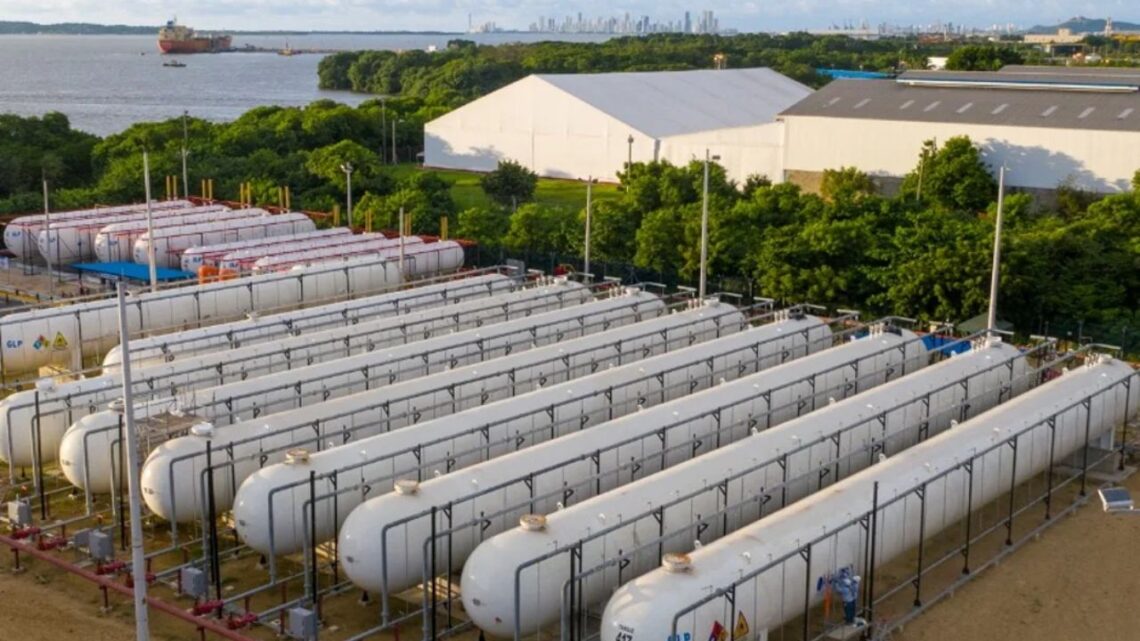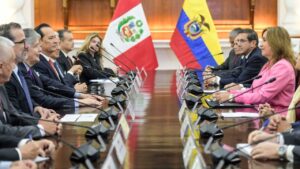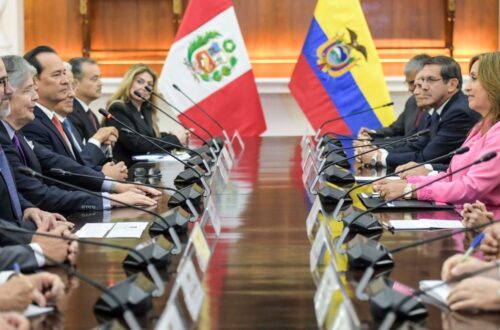In October 2025, the three nations’ principal LPG industry bodies—Agremgas (Colombia), Amexgas (Mexico), and the Peruvian Society of LP Gas (SPLG)—signed a two-year collaboration framework. The alliance is built to:
- Harmonize technical standards and regulatory frameworks across member countries
- Enhance logistics, distribution, and digitalization in LPG operations
- Strengthen market competitiveness, formalization, and supply security
- Elevate LPG’s role in regional energy and sustainability policy
A key element is the formation of a shared business platform, through which the three associations will coordinate negotiations with governments and international institutions.
Over time, the alliance may expand to include other Latin American nations, forming a broader regional LPG network.
Key Facts & Figures
| Item | Detail / Figure |
|---|---|
| Duration of the agreement | 2 years |
| Participating associations | Agremgas (Colombia), Amexgas (Mexico), SPLG (Peru) |
| Core objectives | Regulatory alignment, logistical efficiency, market formalization, supply stability |
| Mechanism | Shared platform for coordination and negotiation |
| Expansion potential | Open invitation to other Latin American countries |
| Intended benefits | Greater access, more stable prices, enhanced safety, lower emissions |
Why This Partnership Matters
1. Advancing the Energy Transition
LPG is often considered a transitional fuel: cleaner than heavier hydrocarbons, but more manageable in many contexts compared to some alternatives.
This alliance aims to elevate LPG’s profile by improving its infrastructure, regulatory certainty, and cross-border coordination.
2. Addressing Market Fragmentation & Informality
In markets like Peru, LPG suffers from high levels of informality and uneven safety standards. Through the partnership, the three nations intend to raise service quality, transparency, and consumer protection across the board.
3. Gaining Collective Bargaining Power
Individually, smaller LPG markets have limited leverage. Together, the three associations can speak with a unified voice—negotiating more effectively with governments and multilateral bodies, and influencing regional LPG policy.
4. Enhancing Supply Security & Logistics
By coordinating logistics, buffering and contingency planning, and cross-border transport, the alliance can reduce inefficiencies and better insulate the region from supply shocks or disruptions.
5. Aligning with Regional Integration Goals
These three nations are core members of the Pacific Alliance, a trade bloc focused on deeper economic integration. The LPG pact complements broader efforts in goods, services, and energy sector cooperation.
Challenges & Risks
- Regulatory harmonization across national jurisdictions with differing subsidy, safety, and licensing regimes
- Upgrading infrastructure—pipelines, storage, transportation—to underserved and remote areas
- Competition from alternative energy sources, especially as renewables become more cost-competitive
- Securing finance and incentives for smaller LPG operators to comply with new standards
- Ensuring sovereignty and trust, to avoid perceptions of overreach or loss of national control
Broader Energy & Strategic Context
While the LPG partnership is a focal point, it is part of a broader push for energy integration. For example, Colombia’s energy firm Celsia is seeking over US$1.2 billion in renewable energy investments in Peru.
In parallel, Peru is exploring construction of a natural gas liquids (NGL) processing facility in the Cusco region.
Meanwhile, South American gas integration plans—linking Argentina, Bolivia, and others—may indirectly impact LPG markets.
All this points to an evolving, more interconnected energy map in Latin America.
The Colombia–Mexico–Peru LPG partnership is a bold initiative that seeks to reshape how LPG is regulated, distributed, and integrated across Latin America.
By aligning technical standards, logistics, and market strategies, the alliance aspires to elevate LPG’s role in the energy transition, deliver tangible benefits to households and industries, and strengthen the region’s collective voice in energy policy.
While challenges such as regulatory divergence, infrastructure needs, and competition from cleaner alternatives remain, the potential payoff—improved access, reliability, lower emissions, and a more cohesive regional LPG market—is substantial.
If successful, this two-year pact could evolve into a major regional instrument for LPG cooperation, helping to steer Latin America toward a more sustainable and integrated energy future.









